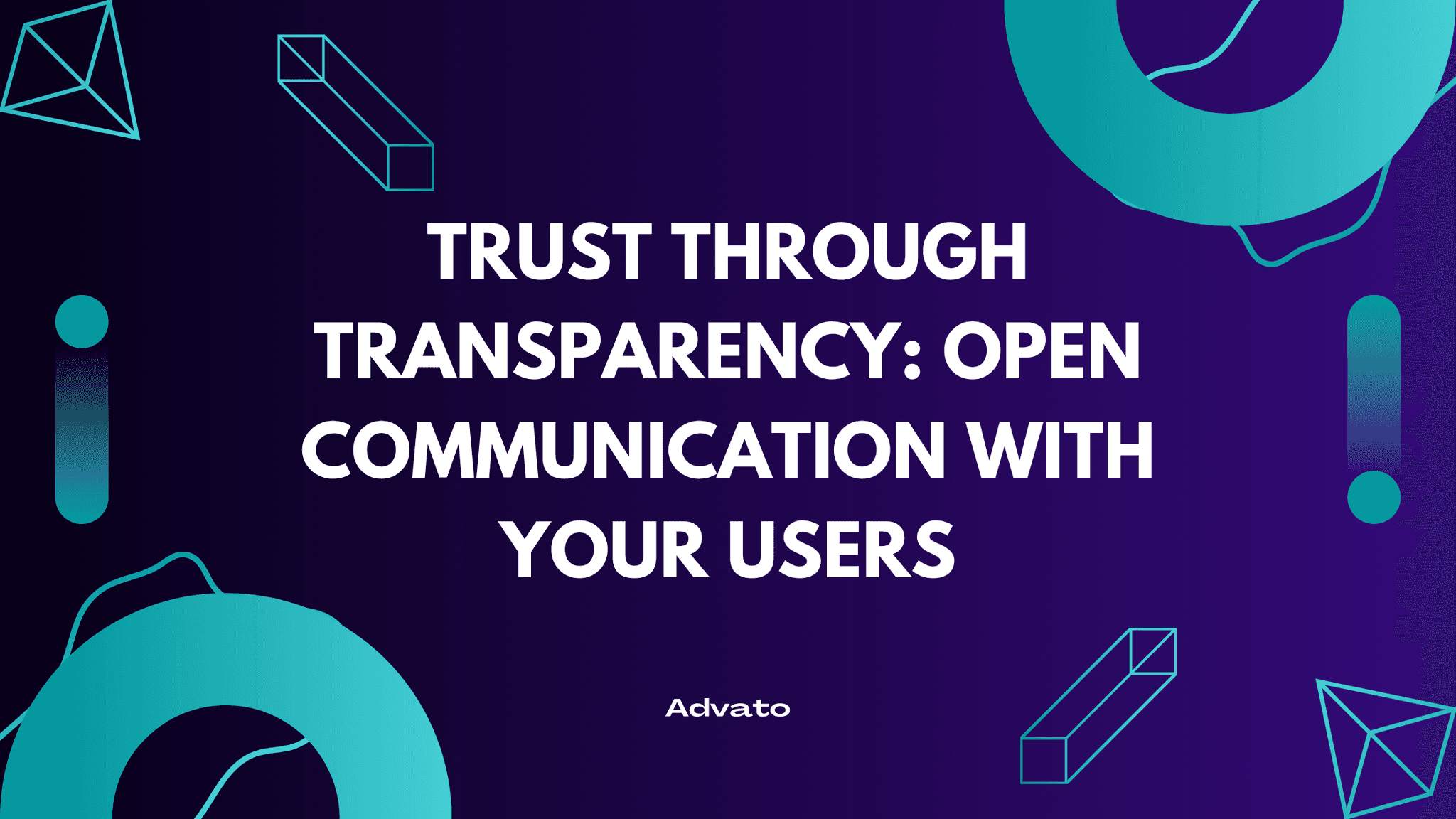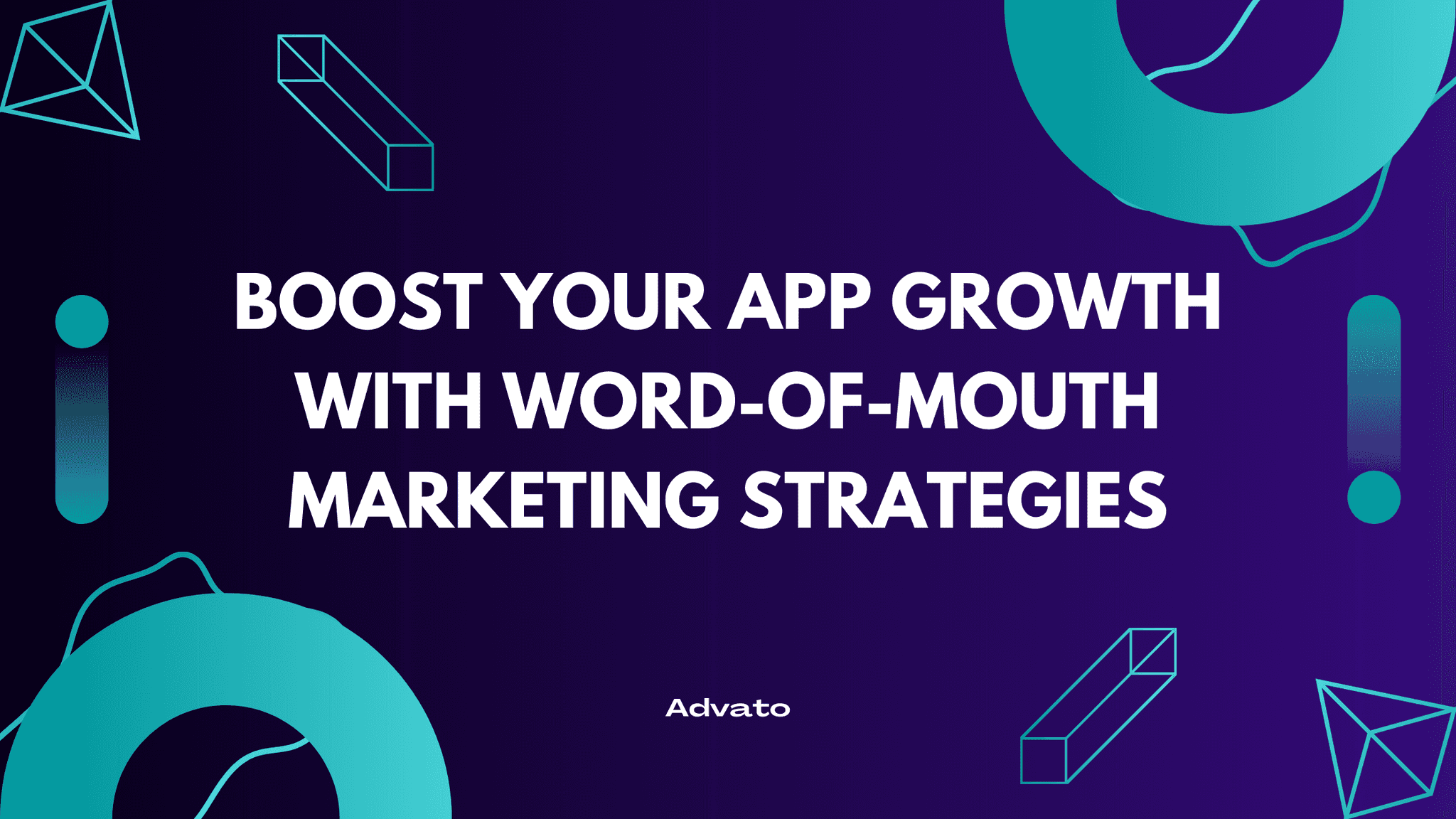Nov 10, 2024
Today, simply acquiring users is only half the battle; the real challenge lies in keeping them engaged. High app engagement drives revenue, reduces churn, and fosters user loyalty. To keep users returning, developers are turning to gamification—an approach that incorporates game-like elements to make apps more interactive and enjoyable. Gamification in mobile apps makes the experience fun, and it boosts engagement by tapping into our innate desire for rewards, competition, and achievement.
In this article, we’ll explore how gamification can significantly enhance app user engagement and retention, covering strategies to implement it effectively.
What is Gamification in Mobile Apps?
Gamification in mobile apps is the application of game-design elements—such as points, badges, leaderboards, and challenges—into non-gaming contexts to make experiences more engaging. From fitness apps that give users medals for completing workouts to productivity apps that reward streaks, gamification taps into intrinsic motivators like competition, achievement, and status. Studies have shown that gamified apps significantly increase user retention and engagement.
Why is Gamification Important for App Engagement?
Increases User Retention: When users find an app enjoyable, they are more likely to keep coming back. Gamification enhances the fun factor, transforming mundane tasks into rewarding experiences.
Boosts Time Spent on App: Game elements encourage users to spend more time in the app, which can directly impact revenue for apps that rely on ads or in-app purchases.
Encourages User Loyalty: Reward systems and achievements can create a sense of community, making users feel more connected and loyal to the app.
Improves User Onboarding: Gamification can make the onboarding process smoother and less intimidating, helping new users learn the app’s features in an engaging way.
Key Gamification Elements to Drive App Engagement
Gamification can take many forms, and understanding what motivates your users is essential. Here are some effective gamification elements to consider:
1. Points and Rewards
Implementing a points-based system where users earn points for completing tasks is an easy way to encourage ongoing engagement. Users can accumulate points for logging in, completing actions, or reaching milestones. Points can then be redeemed for rewards, keeping users motivated.
2. Badges and Achievements
Badges recognize users’ achievements and milestones, rewarding their progress. For instance, a fitness app might reward users with badges for completing daily workouts, or a language-learning app might give out badges for mastering vocabulary levels. These badges create a sense of accomplishment, boosting app engagement by giving users a visible mark of their progress.
3. Leaderboards and Competition
Adding a competitive element with leaderboards can motivate users to stay active. Users are often driven by a desire to outperform others, and leaderboards fuel this by showcasing user rankings. However, it’s essential to keep the competition friendly and ensure that new users have a fair chance at ranking well.
4. Challenges and Quests
Setting challenges or quests can create a sense of adventure within your app. Challenges could be daily, weekly, or even personalized based on user behavior. By offering something new and exciting regularly, you can keep users coming back.
5. Progress Bars and Streaks
People love seeing visible progress. Adding a progress bar or daily streak tracker motivates users to complete a series of actions, creating a sense of momentum and achievement. Apps that incorporate streaks can encourage users to return daily to maintain their progress.
Gamification Techniques in Popular Apps
Let’s look at a few examples of popular apps using gamification to increase engagement and drive growth.
Duolingo: This language-learning app keeps users engaged with streaks, daily challenges, and an XP leaderboard. The app’s gamification features help users feel rewarded for consistent learning.
Nike Run Club: This fitness app uses challenges, achievements, and social sharing to keep runners motivated and engaged. Badges and milestones encourage users to reach their fitness goals.
Habitica: This productivity app turns your to-do list into a role-playing game. Users earn points and level up as they complete tasks, making even mundane chores feel like a quest.
These examples highlight how gamification can be used across different app categories to foster engagement and enhance user experience.
Best Practices for Implementing Gamification in Mobile Apps
Introducing gamification elements isn’t as simple as just adding badges or leaderboards; it’s about creating an experience that resonates with your users. Here are some best practices to consider:
Understand Your Users: Start by understanding what motivates your target audience. Is it competition, social recognition, or personal achievement? Tailor your gamification elements to meet these motivations.
Keep Rewards Attainable: Setting up unreachable goals can frustrate users and discourage continued engagement. Ensure your rewards are achievable and balanced, so users feel encouraged rather than overwhelmed.
Avoid Over-Gamification: While gamification is powerful, overdoing it can make the app experience feel forced or childish. Find a balance between adding engaging elements and maintaining the app’s original purpose.
Encourage Social Sharing: Allow users to share their achievements on social media. This not only boosts engagement but also attracts new users who are curious about the app’s gamified experience.
Test and Iterate: User preferences can evolve over time, so it’s essential to test new features and gather user feedback. Regularly updating gamification features can keep the app fresh and exciting.
The Role of Advato in Boosting App Engagement and User Acquisition
As you work on enhancing app engagement with gamification, remember that acquiring users is just as crucial. This is where Advato, a powerful referral program solution for mobile apps, comes into play. Advato offers an easy way for developers to integrate referrals into their apps, encouraging users to bring friends on board. Referrals are a high-quality source of new users, and since they come from trusted recommendations, these users are more likely to stay engaged.
With Advato, you can seamlessly incentivize users to invite friends, further expanding your app’s reach. And because Advato automates referral prompts, app developers can focus on optimizing the app experience and gamification strategies, while Advato works in the background to drive user growth. Whether you’re adding game elements to encourage current users or bringing in new ones through referrals, Advato makes it easy to scale your app’s user base efficiently and affordably.
Benefits of Gamification for User Acquisition and Retention
In addition to enhancing app engagement, gamification has proven to be a powerful strategy for user acquisition and retention:
Increases Virality: When users share their achievements and rewards on social media, it attracts new users. Gamification elements can make your app more visible and appealing to potential users.
Enhances the Onboarding Experience: Gamification elements can be integrated into onboarding, making it fun for users to explore the app’s features. This ensures that new users are more likely to stick around.
Improves In-App Purchases: Gamification can incentivize in-app purchases by allowing users to buy rewards, boosters, or extra points. This boosts revenue and helps users feel more invested in the app.
Incorporating gamification into mobile apps is a powerful way to boost user engagement and retention. By understanding your users’ motivations and strategically implementing game elements, you can create an app that keeps users coming back. Points, badges, leaderboards, and challenges aren’t just for games; they are engagement tools that can be adapted to virtually any app category.
While gamification helps keep users engaged, Advato makes it easy to grow your app’s user base by leveraging the power of referrals. Together, gamification and Advato’s referral program can drive app growth and improve user retention. Whether you’re a developer aiming to create a stickier app or a marketer looking to attract high-quality users, gamification combined with a robust referral strategy is the ultimate formula for success.
Start exploring gamification options for your app, and let Advato handle the user acquisition side.


